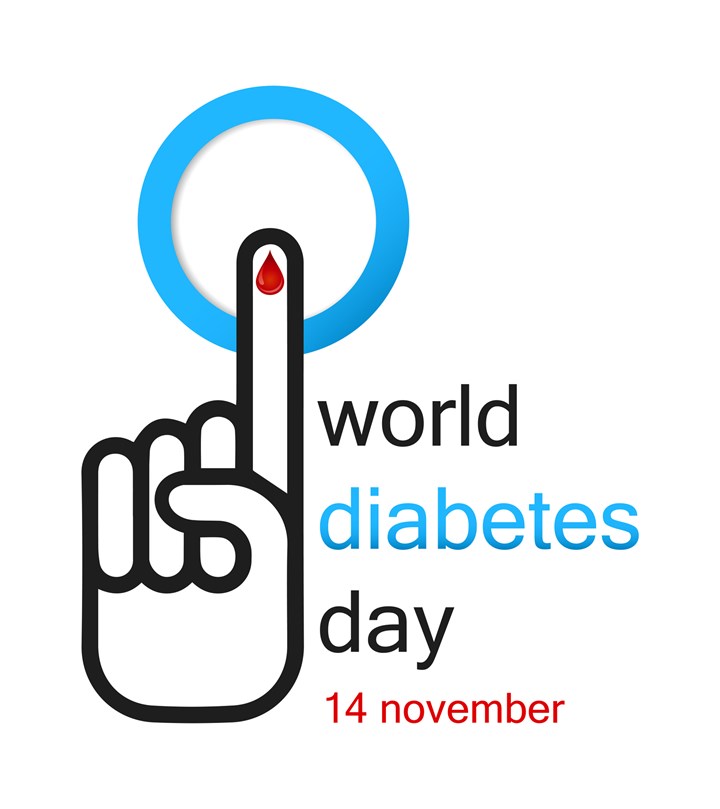Content Sections
Sitting on your backside is an expensive thing to do. It costs you a significant increase in risk of at least 20 different diseases, including all of the major killer diseases like heart disease, stroke, diabetes, kidney disease, liver disease, obesity and certain types of cancer.
It costs you enjoying the latter part of your life in good physical condition. When you’re not in good shape or health, you can’t do as much, you’re often coping with pain, and life becomes a lot tougher and less enjoyable.
No-brainer
Being physically inactive also costs society (including you, the taxpayer) a huge amount. A US study from 2006 found that the financial burden of physical inactivity in the USA, including direct medical care, workers’ compensation and productivity loss costs, was a staggering $507 billion. That’s about $1,700 per person per year. The study found that just a 5% drop in risk factors linked to physical inactivity would deliver cost savings of $31 billion per year. In the UK at a similar time, the direct costs of physical inactivity to the NHS alone were estimated at over £1 billion. Becoming more active is therefore a no-brainer – but oh, if it were only that simple!
Easier said than done
The problem is you can’t just ask or tell people to exercise. Becoming physically inactive as an adult is usually the result of multiple changes in our physiology, psychology or environment. It’s been shown over and over again, that government edicts telling people to exercise more just don’t have much of an impact on behaviour change.
Chronic pain, physical challenges, lack of mitochondrial reserve (that’s when the energy powerhouses in our cells don’t make enough energy in the form of ATP), disruption of metabolic systems that control energy use and storage, social pressures or expectations, lack of opportunity or money, air pollution, lack of available time, anxiety, depression, bad weather….these are just some of the things that can get in the way of people becoming active regularly.
Your secret HIIT weapon
Since the more health-aware among us started turning to High Intensity Interval Training (HIIT) over a decade ago, it’s been interesting to see what sticks and what falls away, cast aside as a fad. In our experience, the HIIT methods that have not endured the test of time are those that involve:
- buying (and maintaining) expensive equipment
- paying money to do the exercise
- being in specific places (e.g. in a gym, on a bike, outdoors only)
- wearing specific clothing
This piece is about introducing you to a video that includes a form of HIIT that we all use here at ANH International, that has been popular wherever we demonstrate it to people. It’s a routine that many people keep coming back to. As you’ll expect it doesn’t require any of the 4 things mentioned above that can reduce long-term compliance. It’s also good for people with vastly different ages, health backgrounds and abilities.
The exercise was developed originally by Zach Bush MD and called the Nitric Oxide Dump. That’s because like all forms of HIIT it triggers nitric oxide release in your arteries and other blood vessels.
We’ve been using it for three years now – and we’ve demonstrated it in presentations all over the world. To get the best of HIIT you need to do each exercise at maximum, or near-maximum effort, and then have a short break of 10-30 seconds before repeating.
Three cycles of the exercise will take you around 3 minutes. You can do this three times a day – especially good if you’re planning long bouts of time at a desk, in meetings, or behind a computer.
If you’re struggling to get outdoors enough (no thanks to storm Brendan, for many of us) and the northern winter’s negatively impacted your ability to get active, this may be what you’ve been looking for.
No need for gym clothes, no need for equipment, no cost to pay – and you can do it anywhere (it even makes people smile when you do it in public spaces!)
What the 3 Minute Anytime Anyplace HIIT routine does for you
Check out our video – and give it a go (but please check our important note at the start of the video for those with underlying medical conditions before you begin the routine).
The benefits include:
- Triggers mitochondrial biogenesis – that’s a big term for building the number, density and efficiency of the mitochondria (your cell’s energy factories) in many of your key muscle groups. More mitochondria and more efficient mitochondria, more energy, and less chronic disease
- Triggers release of nitric oxide (NO) in your blood vessels, which makes them expand (vasodilate) and regular release of NO reduces your long-term risk of heart attack and stroke
- Protects you from sarcopenia (age-related muscle wasting). You know the adage, if you don’t use it, you lose it? Well it applies to muscles and mitochondria!
- Helps you build muscle and burn fat for at least 24 hours after a HIIT session. Preferably do this exercise after you’ve fasted for a few hours or overnight, when you’re in a glycogen-depleted state, so that it forces the body to mobilise fat. If you eat carbohydrate, your body will produce insulin, which is a fat storage hormone that makes it harder for your body to burn fat
- Triggers the release of opioid endorphins which help to make you feel good and reduce the sensation of pain if you have any
- Performed regularly, it will trigger the release of brain-derived neurotrophic factor (BDNF), a neuropeptide released in the brain that enhances cognition, mood, learning and memory. If you’ve been at your desk before doing the HIIT routine – you’ll be sharper, clearer, more efficient and more innovative if you break up your day with this HIIT routine.
Ever found a drug that can do so much for you, especially at zero cost?
Don’t forget to eat and hydrate properly! Check out our Food4Health guidelines for more information








Comments
your voice counts
There are currently no comments on this post.
Your voice counts
We welcome your comments and are very interested in your point of view, but we ask that you keep them relevant to the article, that they be civil and without commercial links. All comments are moderated prior to being published. We reserve the right to edit or not publish comments that we consider abusive or offensive.
There is extra content here from a third party provider. You will be unable to see this content unless you agree to allow Content Cookies. Cookie Preferences